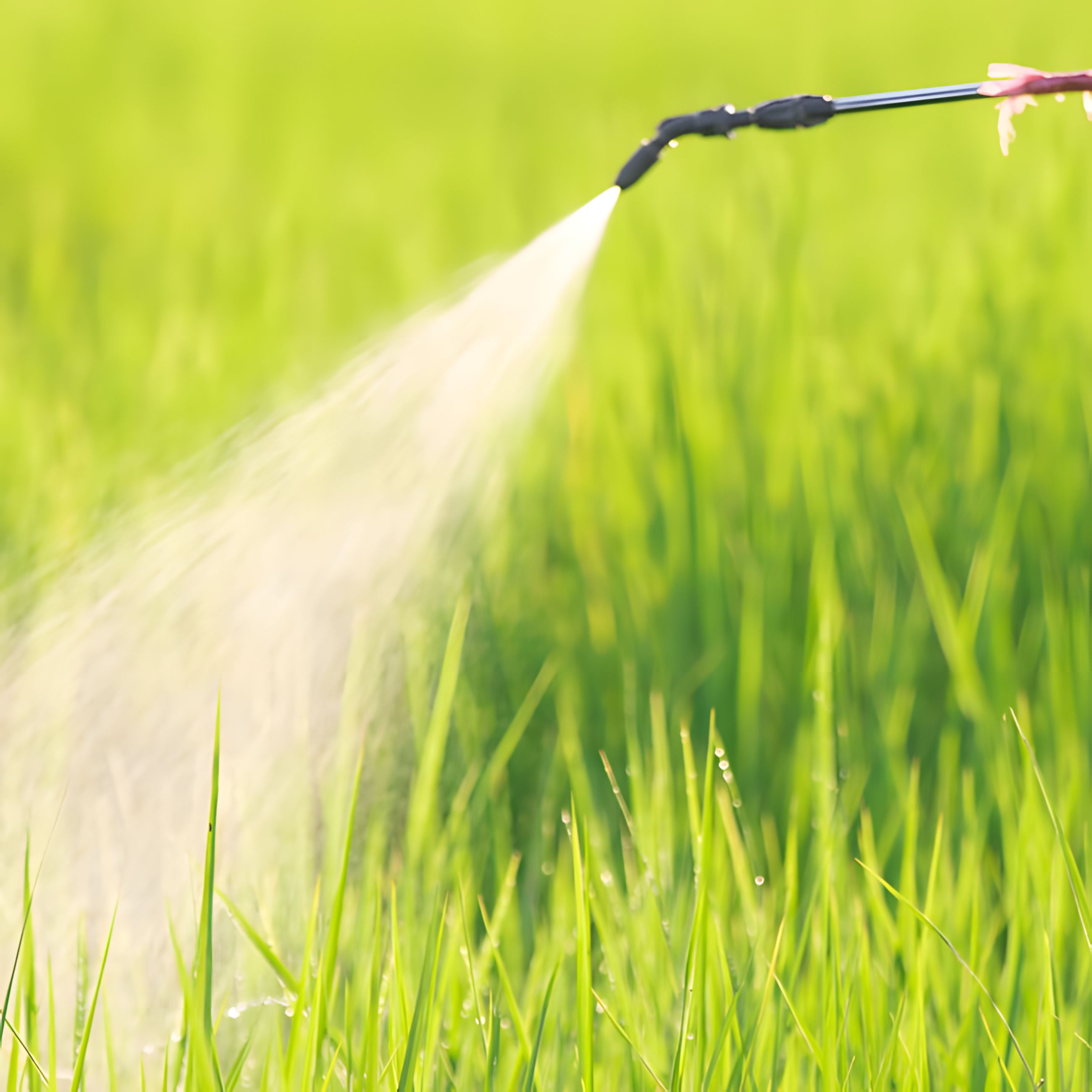Pesticide

Overview of the Pesticide Industry
Pesticides, including insecticides, herbicides, and fungicides, are essential for sustainable agriculture and efficient crop production. To enhance pesticide performance, additives and stabilizers such as sodium hexametaphosphate, sodium tripolyphosphate, sodium acetate trihydrate, trisodium phosphate, and sodium dodecyl sulfate (SDS) play a vital role. These compounds improve formulation stability, active ingredient dispersion, and biological efficacy.
Roles of Key Chemicals in Pesticides
Sodium Hexametaphosphate (SHMP)
Acts as a dispersant and stabilizer in pesticide suspensions and water-dispersible granules, ensuring uniform particle dispersion.
Reduces the impact of hard water on pesticide performance, improving spray uniformity and effectiveness.
Functions:
Applications: Widely used in herbicide and fungicide formulations to enhance stability.
Market Advantage: Cost-effective, water-soluble, and environmentally friendly, making it indispensable in pesticide production.
Sodium Tripolyphosphate (STPP)
Serves as a buffering and dispersing agent, improving the stability of pesticide suspensions.
Adjusts pH to maintain the stability of active ingredients.
Functions:
Applications: Predominantly used in suspension concentrates and wettable powders to ensure consistent distribution of active ingredients.
Market Advantage: Excellent dispersing and chelating properties, particularly effective in challenging water conditions.
Sodium Acetate Trihydrate (SAT)
Acts as a buffer and pH regulator, ensuring chemical stability of pesticides during application.
Mitigates the effects of acidic soils and environmental conditions on pesticide performance.
Functions:
Applications: Ideal for use in high-performance fungicides and herbicides to enhance efficacy.
Market Advantage: Low cost, efficient buffering properties, and environmentally safe, posing no harm to soil or plants.
Trisodium Phosphate (TSP)
As a highly alkaline additive, TSP is used for pH adjustment in pesticide formulations.
Enhances herbicide absorption and improves adherence to plant surfaces after spraying.
Functions:
Applications: Commonly incorporated in aqueous pesticides and dispersants to stabilize performance in acidic environments.
Market Advantage: Water-soluble with cleaning properties, suitable for producing eco-friendly pesticide formulations.
Sodium Dodecyl Sulfate (SDS)
Functions as a surfactant, reducing surface tension and improving spray coverage.
Enhances pesticide penetration, allowing active ingredients to be absorbed more efficiently.
Functions:
Applications: Widely used in insecticides and foliar fertilizers to boost pesticide absorption.
Market Advantage: Biodegradable, moderately priced, and highly compatible with various formulations.
Market Advantages and Product Features
Market Advantages
High Efficiency: These chemicals enhance pesticide stability, dispersion, and absorption, significantly improving overall effectiveness.
Versatility: Compatible with liquid, powder, and granular formulations, meeting the diverse needs of pesticide manufacturers.
Eco-Friendly: Low or non-toxic, meeting global demand for environmentally sustainable pesticides.
Cost-Effective: By enhancing pesticide performance, these additives reduce the required quantity, lowering production costs.
Product Features
High purity and excellent solubility: Chemicals like SHMP and TSP perform well in various water conditions.
Superior stability: STPP ensures long-term formulation stability.
Multifunctionality: SDS acts as a surfactant, dispersant, and performance enhancer.
Our Export Advantages
Global Reach: We collaborate with clients worldwide, offering high-quality chemicals and ensuring a stable supply chain.
Stringent Quality Control: Our products meet ISO standards and undergo multiple tests to ensure performance and purity.
Technical Support: A dedicated team provides customized solutions and technical guidance to optimize pesticide formulations.
Fast Delivery and Competitive Pricing: An efficient logistics system ensures timely delivery at competitive prices, enhancing customer satisfaction.
Case Studies and Analysis
Case 1: Herbicide Formulation Optimization
In a large-scale agricultural project, a client’s herbicide was underperforming in hard water conditions. We recommended SHMP and STPP as dispersants and stabilizers, solving precipitation issues and improving herbicide performance by 20%, resulting in better weed control.
Case 2: Enhancing Insecticide Absorption Efficiency
In a high-humidity environment, a client’s insecticide had low absorption rates. Adding SDS significantly improved spray coverage and penetration, reducing pest damage by 40% and lowering pesticide consumption.
Conclusion
Chemicals like sodium hexametaphosphate, sodium tripolyphosphate, sodium acetate trihydrate, trisodium phosphate, and sodium dodecyl sulfate are integral to the pesticide industry. By enhancing stability, dispersion, and absorption efficiency, they ensure pesticide products perform optimally in diverse agricultural environments. With our technical expertise, global network, and commitment to quality, we provide tailored solutions that contribute to efficient and sustainable agricultural production.